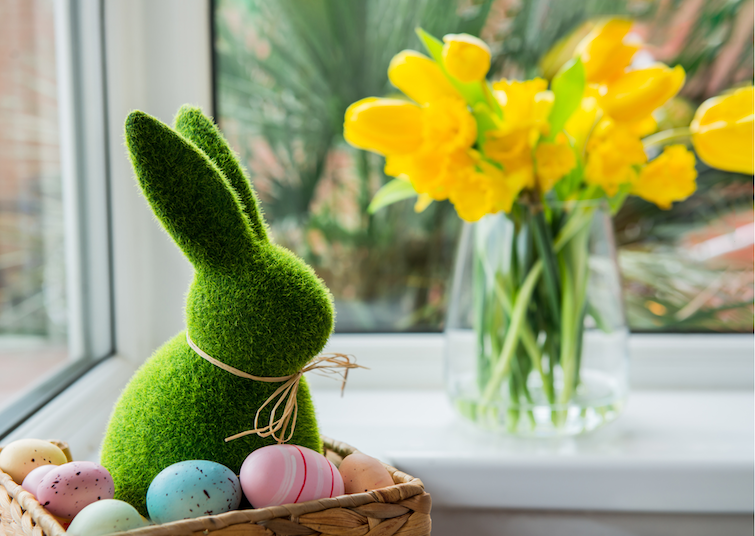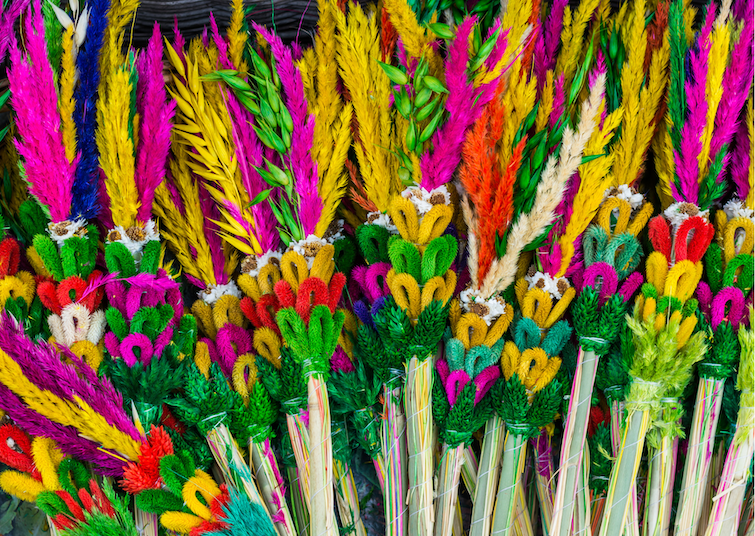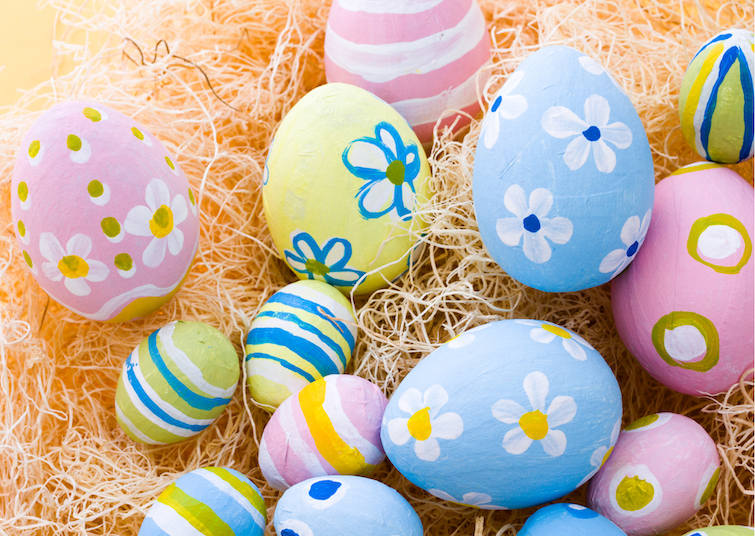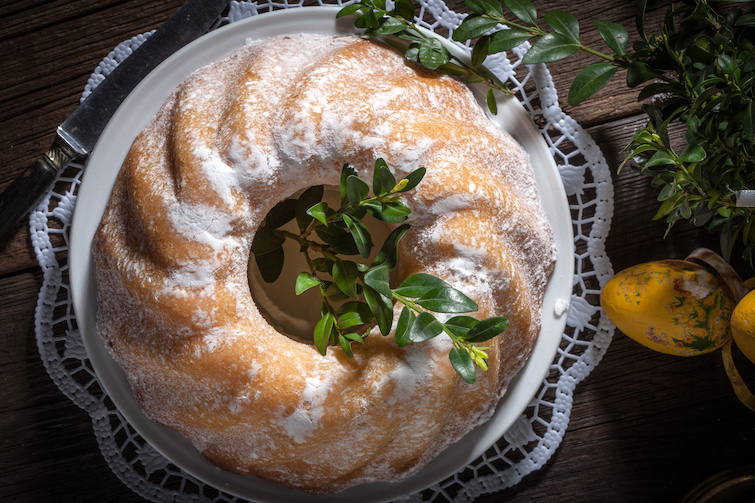Easter in Poland - get to know our customs!

The joyful Easter is a holiday that is celebrated very traditionally in Poland. There are many Easter customs that make this time of special character. Many of them have their roots in the distant past. Here is an overview of the most popular of them.
Easter palms
Easter palms are associated with Jesus' entry into Jerusalem the week before his resurrection. They are long - sometimes as long as several metres - handmade decorations from tree branches, coloured paper, tissue paper, dried flowers and ribbons. They are popular in many regions of Poland, but are particularly well-known in southern Poland, around Malopolska and Podhale.

Making an Easter palm is a complicated process that requires patience and precision. Competitions for the most beautiful Easter palm are held in many towns and cities, and the winner is given a place of honour in the Easter procession.
The Easter palm, which is blessed on Palm Sunday, is considered a symbol of Christ's victory over death and the hope associated with spring rebirth and new life.
Painting of the Easter eggs
Coloured eggs are one of the most important elements of Easter. A symbol of rebirth and new life, eggs are decorated in many different ways: painted in different colours and folk patterns, carved with a stylus directly on the shell or covered with coloured paper or yarn.

Easter eggs usually appear on Easter tables on Good Friday or Easter Saturday. Whole families decorate them, although the youngest obviously enjoy this activity the most. The decorated eggs are then placed on the table and in the so-called "święconka" - an Easter basket with food that is blessed in churches on Easter Sunday.
“Święconka”
On Holy Saturday, the blessing of food is held in all Polish churches. Whole families rush to church with their family’s "święconka”.
And what is in the basket? Bread, which symbolises the Eucharistic body of Jesus; eggs, which signify new life and rebirth; sausage and meat, which represent abundance and divine blessing; salt, which refers to purification; horseradish, which at the same time recalls the Lord's passion, but is also associated with overcoming the bitterness of suffering.
![]()
After the consecration, all the foods are placed on the Easter table, and the egg is divided into several parts and is shared during the exchange of wishes.
Sharing an egg with family members
Sharing a sliced and previously blessed egg is a tradition analogous to the Christmas wafer-sharing. At the Easter breakfast, which is the most important meal of the day, the revelers share an egg with each other while making wishes.
Baba - a typical Easter cake
The Easter cake is the undisputed queen of the Easter table. This traditional yeast dough is shaped like a mound to symbolise the approaching spring, and has delicious dried fruits and nuts inside: sultanas, nuts or candied fruit. Babas often have other ingredients too, such as rum or vanilla. Usually the baba is decorated with icing or sprinkled with icing sugar.

Śmigus Dyngus or Wet Monday
Smigus Dyngus is celebrated on Easter Monday and has its roots in an ancient Slavic tradition that celebrates spring purification and the expectation of new life.
In a nutshell, Śmigus Dyngus involves dousing members of one's family, neighbours and friends, as well as completely unknown people, with water with impunity. On this day, no one is offended by someone getting their clothes wet, whether inside or outside home.
Wet Monday is mainly a Polish tradition, but the holiday is also celebrated in other European countries, such as Slovakia, the Czech Republic, Hungary and Ukraine. In Poland, however, it is one of the most important and best-loved holidays of the year, especially among children.